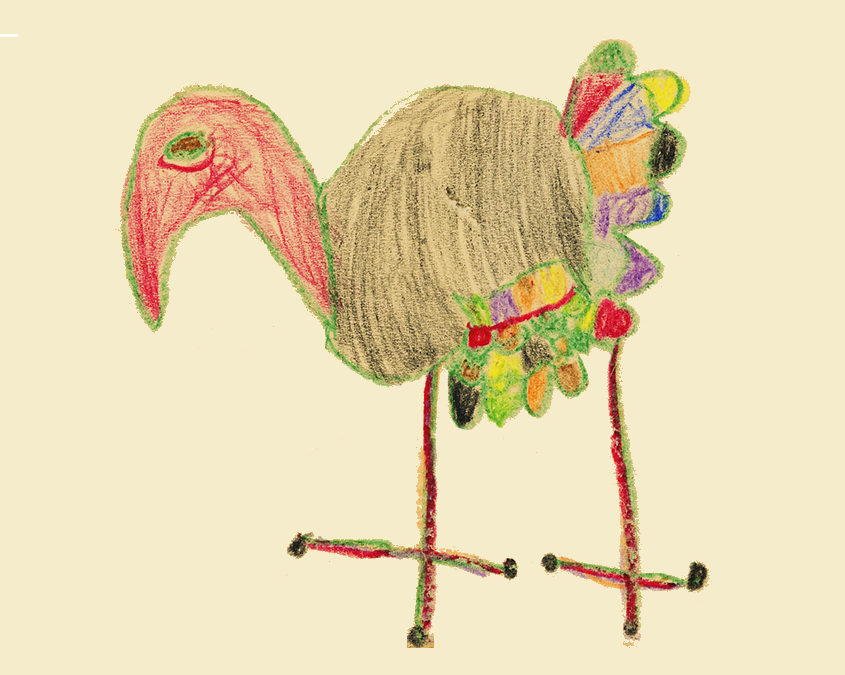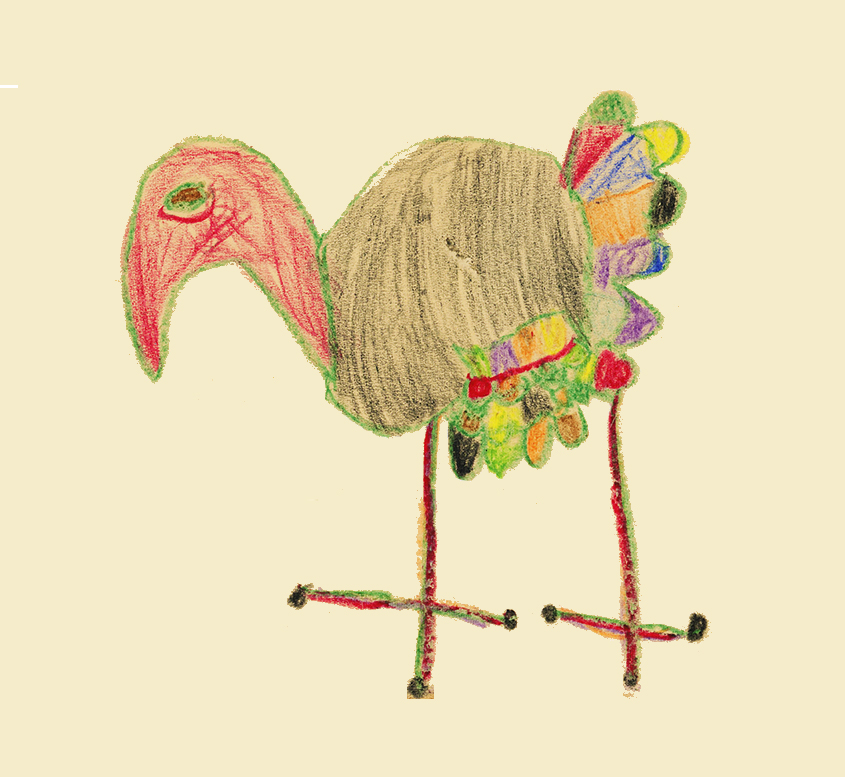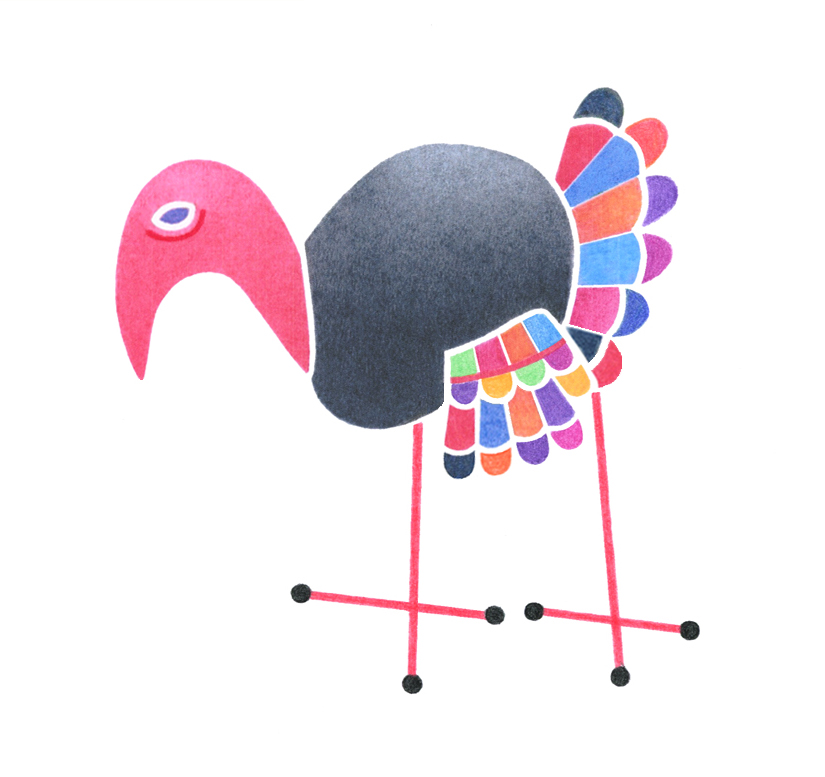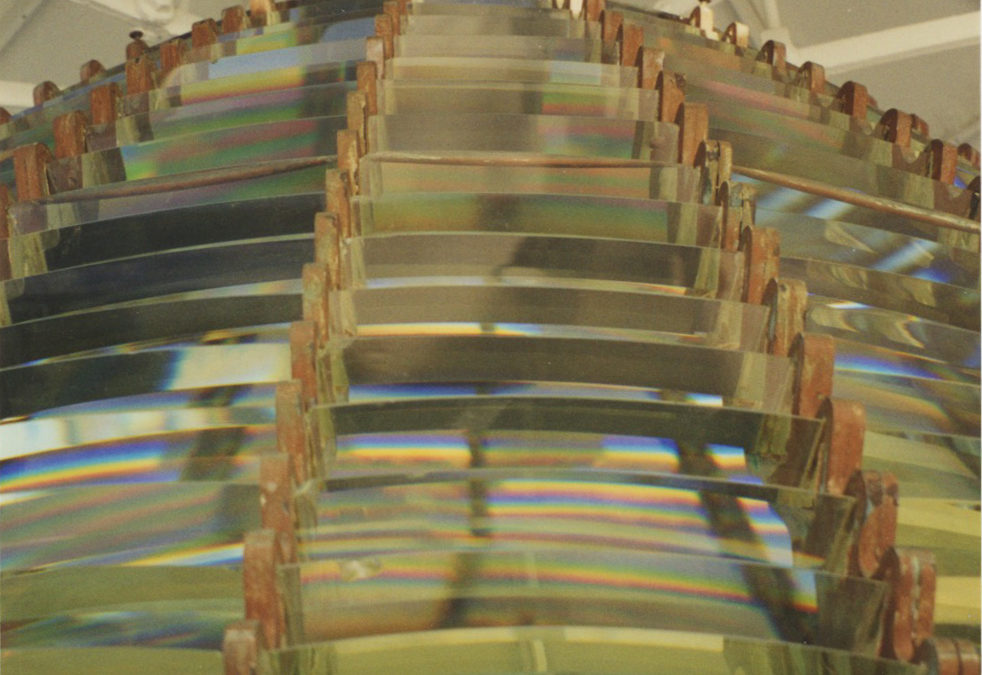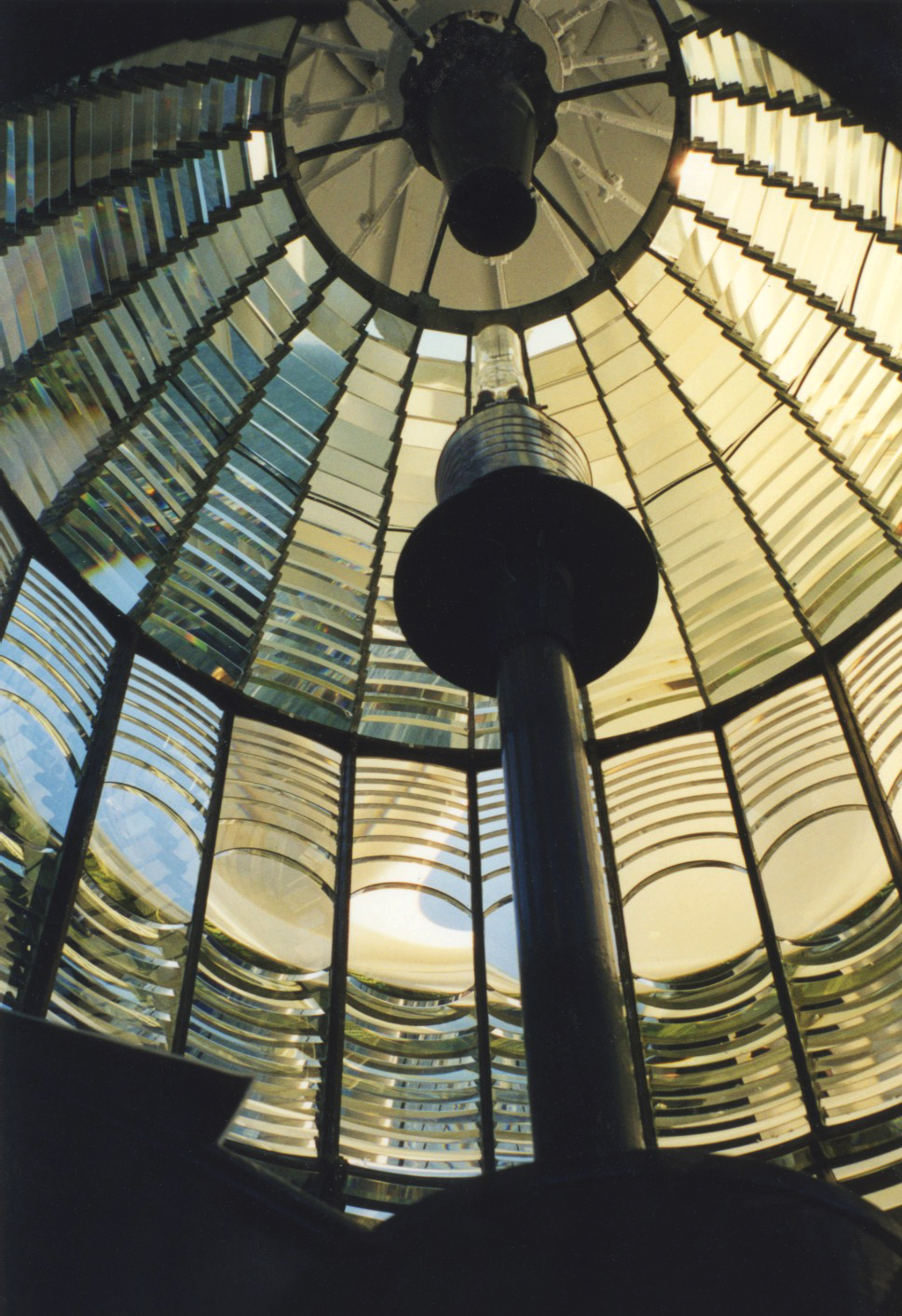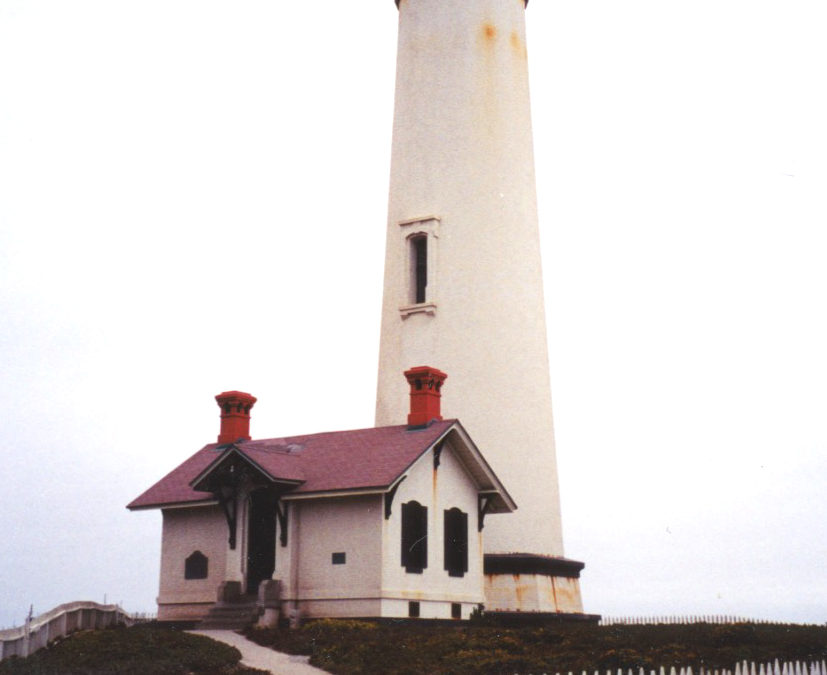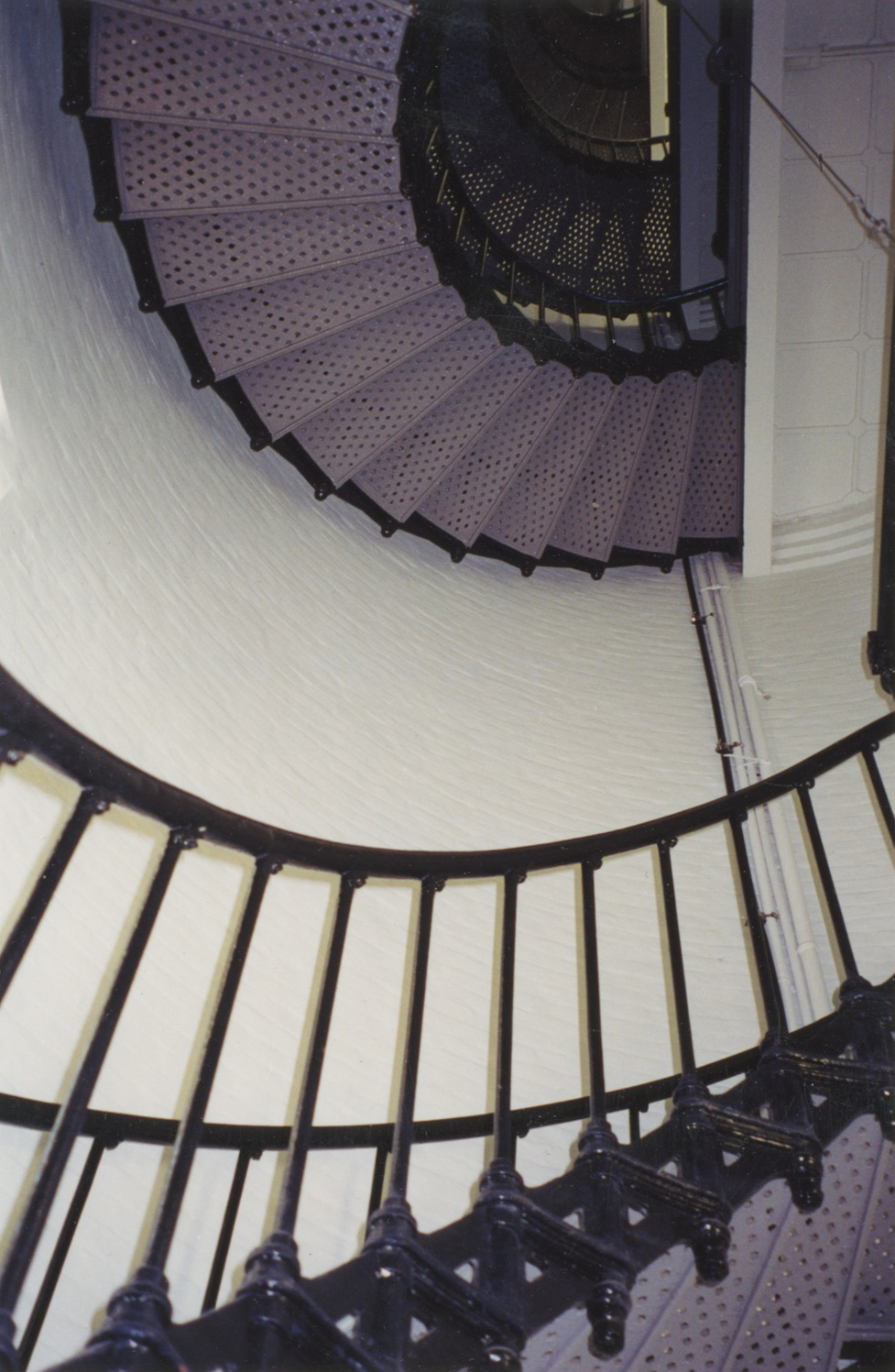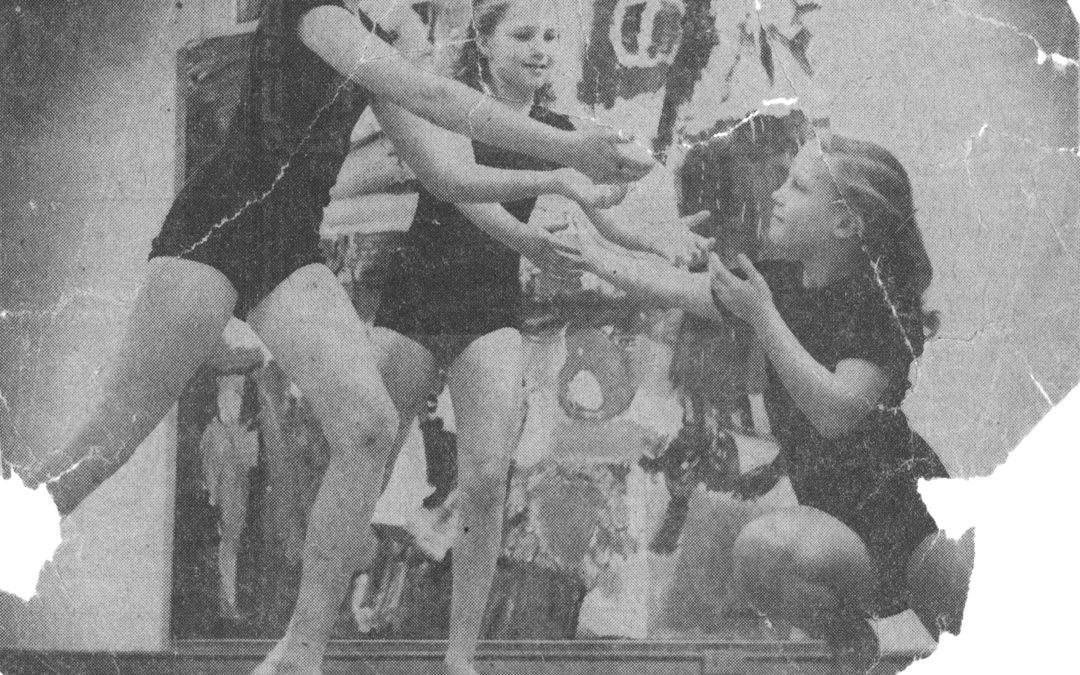“Hi! It’s me!” I greet Earl when he answers the phone. “Hi, me!” he humors me. (Pippa, his boarder, tells me when Earl recounts one of our adventures he always begins, “Me and I…”) “I’m feeling stir-crazy,” I complain. “Wanna go for a drive?”
The day is bright and chilly, with a blustery wind, I discover when I sally out to his red truck. “I guess the beach is out,” says Earl—and suggests we drive inland to the wine country. Not easily deflected from my purpose, I trot back inside for my mittens and earmuffs. Earl says wryly that he’s going to have to find himself a landlubber for days like this.
“It’s not going to rain, is it?” I wonder out loud. “The weather man says no,” he assures me. But I’m not convinced. I’ve been waking to brilliant sunshine, nodding off again—I’ve been sleeping especially fitfully lately—and waking later to a dark, disgruntled sky dumping rain all over everything. Typical November contrariness. A couple of mornings ago, the whole east had a deep pinkish gold glow at dawn, as theatrical as a sunset. But an hour later, it was grim and stormy. “Uh-oh,” I say, spotting a single puff of cloud on the horizon, at this distance the size of a marshmallow.
The ocean is simply too blindingly bright to look at without sunglasses when we reach it. “I doubt our nudist is out today,” I observe as we pass high above his beach. He’s there, but bundled up.
We continue south to the second Pescadero Beach—there are two in a row; the more distant one, we discover, is barely walkable, it’s so littered with stones. Golden brown and ranging in size from a fist to a hassock, they’re covered with blackened seaweed—small rubbery leaves and fibrous clumps like Brillo pads.
Through a channel between boulders, I see the water seething oddly high above me. Intermittent gusts of wind are blowing flurries of foam at me, wads of it, pelting me like bullies throwing snowballs. It must have bombarded a lot of beachcombers before us, because there’s foam everywhere, settled among the rocks like snowdrifts. When I round a bend, I see an entire foam bank, impassable because you can’t tell what’s under it. I proceed carefully from stone to slippery stone around its perimeter. The illusion is you could step between them, but I quickly discern there are tide pools underneath.
I make my way gingerly out on a wall of rock, finding sure hand- and footholds, to get to a position where I can take pictures facing away from the sun. Even then I know there’s probably too much contrast—but I take snapshot after snapshot anyway. (The great thing about being a novice photographer is you get to live in a fool’s paradise, since you’re not all that clear about the limitations of film yet.) When I’ve taken a dozen, I notice belatedly that the lens is covered with a fine mist. “Ratso Rizzo!” I think peevishly. He was the character Dustin Hoffman played in the movie Midnight Cowboy, I realize, upon wondering where that expression came from. Earl hollers to me that he’s getting cold—and heads back to the car.
So we drive further south to the Pigeon Point lighthouse, which has tours on Sundays.
